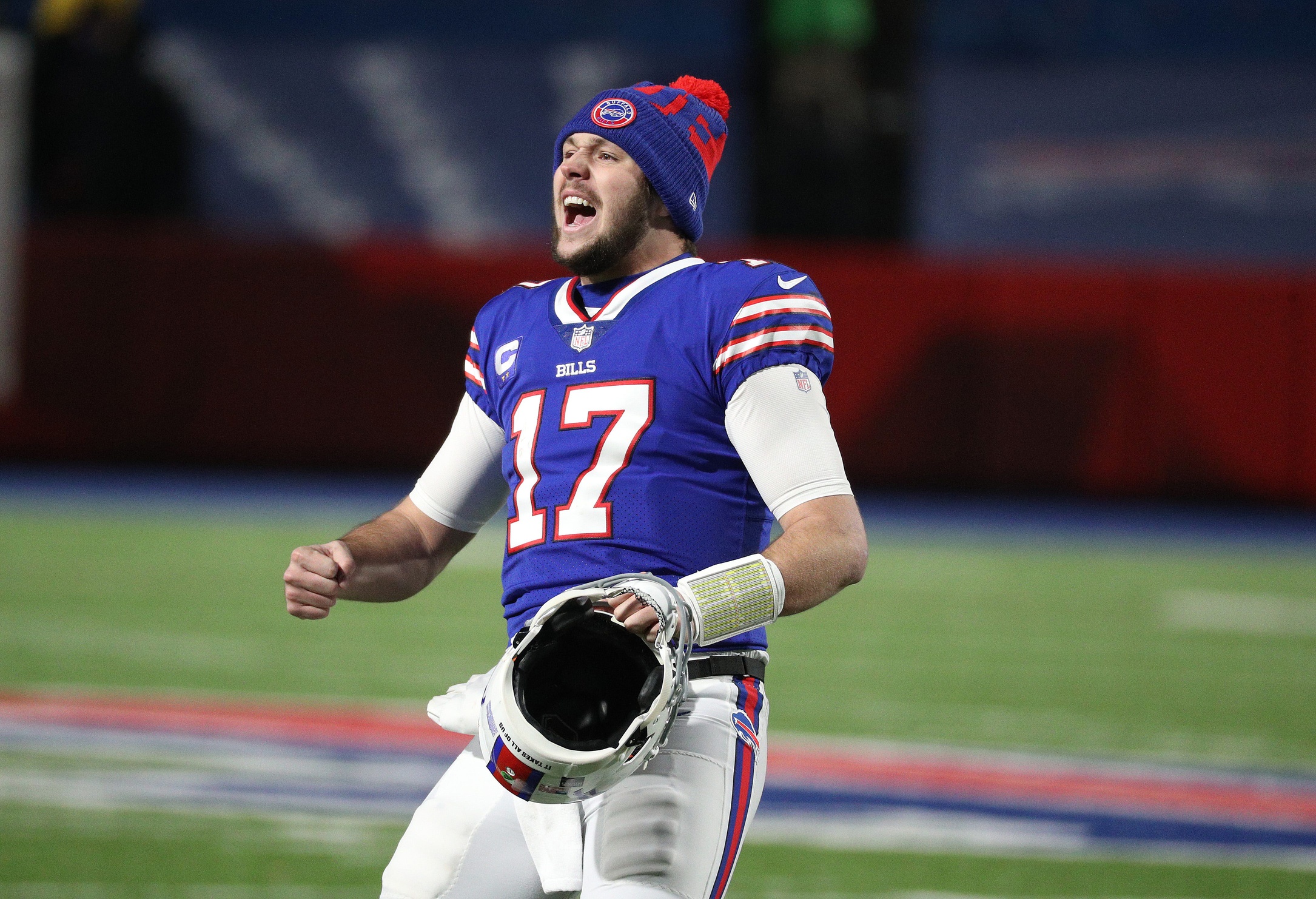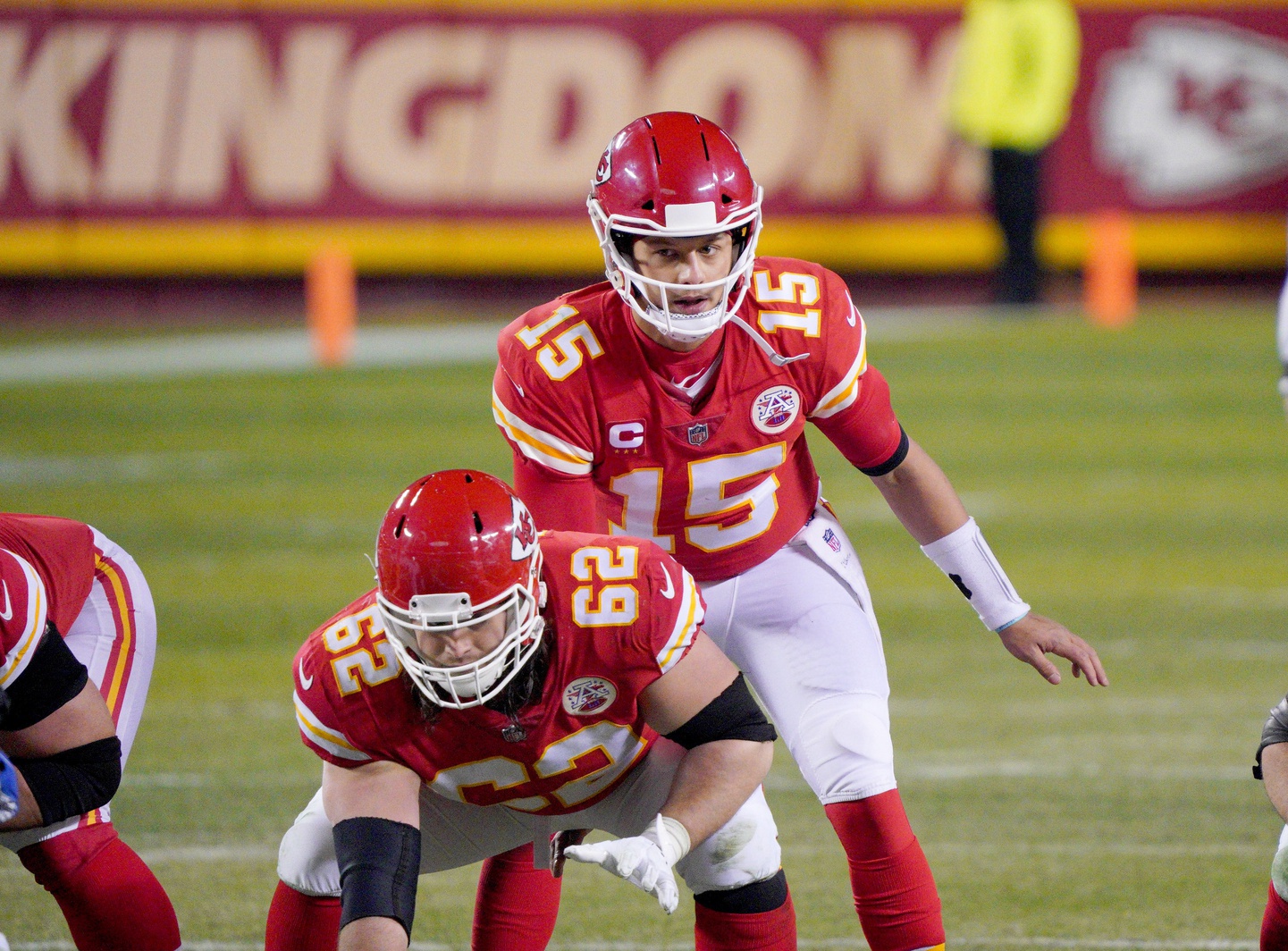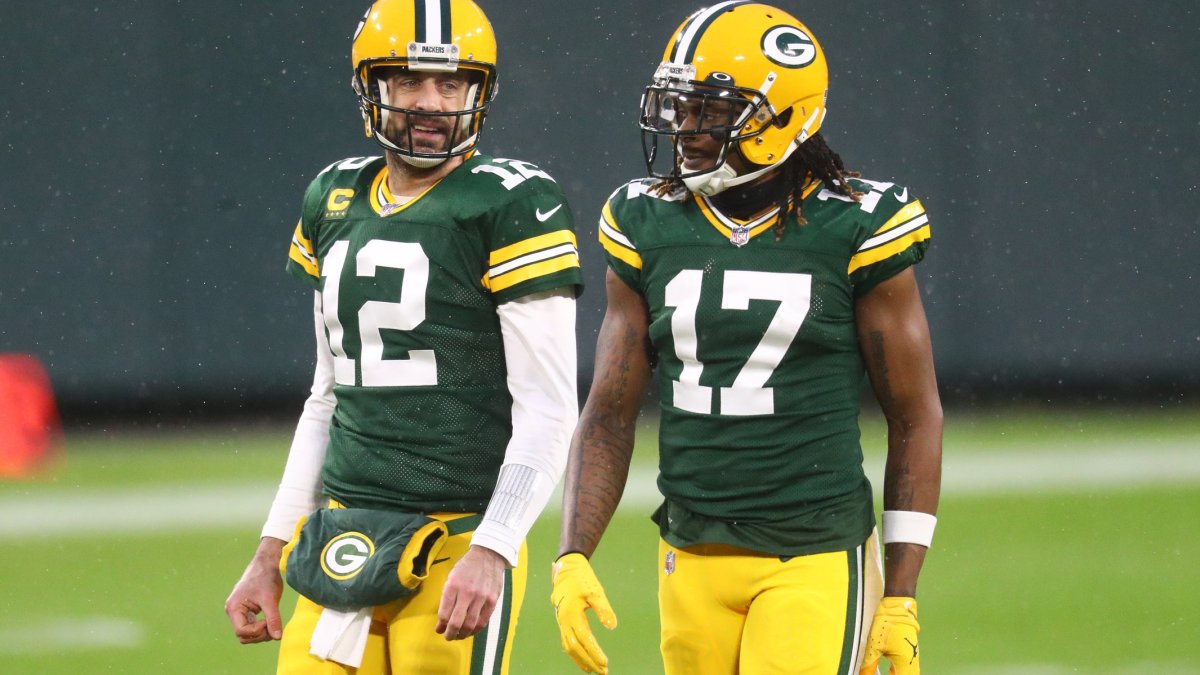The story has become weathered: Draft a quarterback high, surround him with support and watch him succeed. When the quarterback enjoys some success, a contract extension is not only earned, but it's used as a de facto trophy for the front office that, in many cases, stuck its neck out on the line to draft him.
However, with increased investment in the quarterback position comes slack in other areas, and as the commercials say, “Past performances are not indicative of future results.”
Jared Goff and Carson Wentz followed this path of late, jettisoned to new teams this offseason after their post-contract work was not up to snuff. Their failures bring up the long-questioned efficacy of paying quarterbacks a lot of money, one that we have addressed the past few years and disseminated through articles and podcasts.
What we found this past offseason is that the signal is really in how much a team invests in its passing offense more than how much it pays the specific quarterback, as well as how many wins above replacement the team gets per dollar spent on those positions.
In this article, we'll go through the teams that got the most WAR out of their quarterback, wide receivers, tight ends and offensive lines in 2020 per dollar spent at the position.
Green Bay Packers: 6.5 WAR generated, $98 million used
The first counterexample to the idea that well-paid quarterbacks cannot lead winning football teams is found in TitleTown. Now, while the Packers did not emerge victorious this year, they did go into the playoffs with the second-highest odds to win the whole thing and as the favorites to win the NFC.
Corey Linsley, Aaron Rodgers and Davante Adams finished the regular season as the most valuable players at their positions, showing that a team can get the value it pays for with veteran players at their positions.
Tampa Bay Buccaneers: 6.8 WAR generated, $102 million used
The Super Bowl champion Tampa Bay Buccaneers proved that teams can win it all with a quarterback on a veteran deal if they mix in the right amount of value on the back end of the defense (Tampa Bay ranked first in WAR generated per dollar by both the CB and S positions).
Having Chris Godwin and Tristian Wirfs on rookie deals helped, as did Scotty Miller’s inexpensive deal, but Tom Brady — the league’s most valuable player after factoring in the playoffs — was the catalyst for the second title in the history of the franchise and the first Super Bowl won by a team without a first-round bye since 2012.
Houston Texans: 5.2 WAR generated, $82 million used
Here is where you see the systematic failure of the Houston Texans in the flesh. Deshaun Watson was the third-most valuable player in football a season ago, and Brandin Cooks was actually worth every bit the second-round pick he was acquired for in a predraft trade, gaining 1,000 yards for his fourth team.
Not being able to build a defense was Houston’s problem, even when the team was winning AFC South titles, and it really caught up to the Texans in a 2020 season that saw them surrender fewer than 20 points just twice.
Buffalo Bills: 5.6 WAR generated, $92 million used
While Stefon Diggs was costly, Josh Allen was not. The signal-caller produced a top-end 2020 season at the league’s most important position.

Jg 011621 Bills 2
Pair that with modest deals for John Brown and Cole Beasley, as well as Gabriel Davis’ rookie season that included seven touchdowns and almost 600 receiving yards in the regular season, and the Bills continue to be a model franchise for the rest of the league in terms of turning resources into wins.
Minnesota Vikings: 4.0 WAR generated, $70 million used
This one is interesting in the sense that Kirk Cousins and Adam Thielen are on decent deals, but Justin Jefferson and his record-setting season on a rookie contract puts the Vikings in the conversation for efficiency when considering these positions.
Minnesota probably needs Danielle Hunter back and some maturation on the part of their defensive backs to field a relevant team in 2021, but their passing offense played well enough per dollar in 2020.
Cleveland Browns: 5.3 WAR generated, $94 million used
Cleveland made the playoffs for just the second time since its rebirth in 1999 — and for the first time since 2002. Just like in that year, they were led to the playoffs by a number one overall pick in 2020.
Baker Mayfield‘s cost control helped the Browns make plays on the offensive line in Jack Conklin and at wide receiver in Odell Beckham Jr. Even though those moves weren’t 100% successful, Mayfield's emergence and the prowess of Coach of the Year recipient Kevin Stefanski were enough to make the Browns one of the more intriguing franchises in the league moving forward.
Seattle Seahawks: 4.9 WAR generated, $87 million used
Superstar quarterback plus rookie wide receiver on a modest deal is a way to pop up in this analysis, and the Seahawks are proof. To emerge as the league’s best team for the first time since 2013, though, they might need to go deeper than D.K. Metcalf and Tyler Lockett and get themselves a third receiver.
Kansas City Chiefs: 5.2 WAR generated, $93 million used
This is really the litmus test over the next few seasons, as Patrick Mahomes continues to get paid more as a part of his half-a-billion-dollar deal. With Mahomes modestly paid, the Chiefs could spend money on Sammy Watkins without much in the way of consequences (not to mention Frank Clark and Anthony Hitchens).

As Mahomes’ financial footprint continues to grow, the Chiefs will have to be more successful elsewhere, even with the league’s best player’s brilliance.
Baltimore Ravens: 2.6 WAR generated, $49 million used
The Ravens were hurt a bit this year by regression from Lamar Jackson and Marquise Brown, but they still got their money’s worth on offense despite the loss of more than half of their offensive line.
In 2021 look for them to address the receiver position and reclaim their place atop the AFC North for the third time in four years.




 © 2025 PFF - all rights reserved.
© 2025 PFF - all rights reserved.